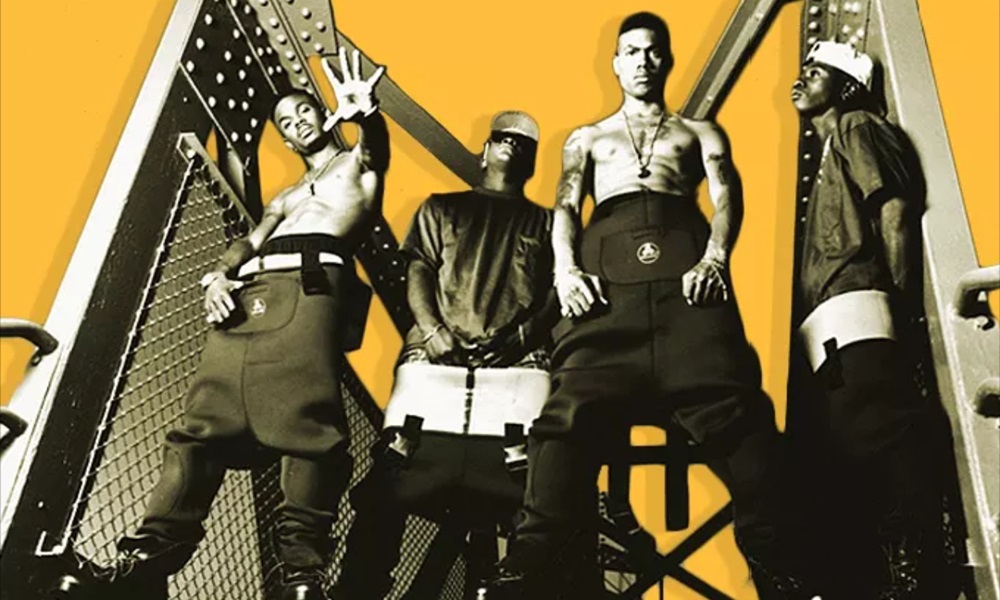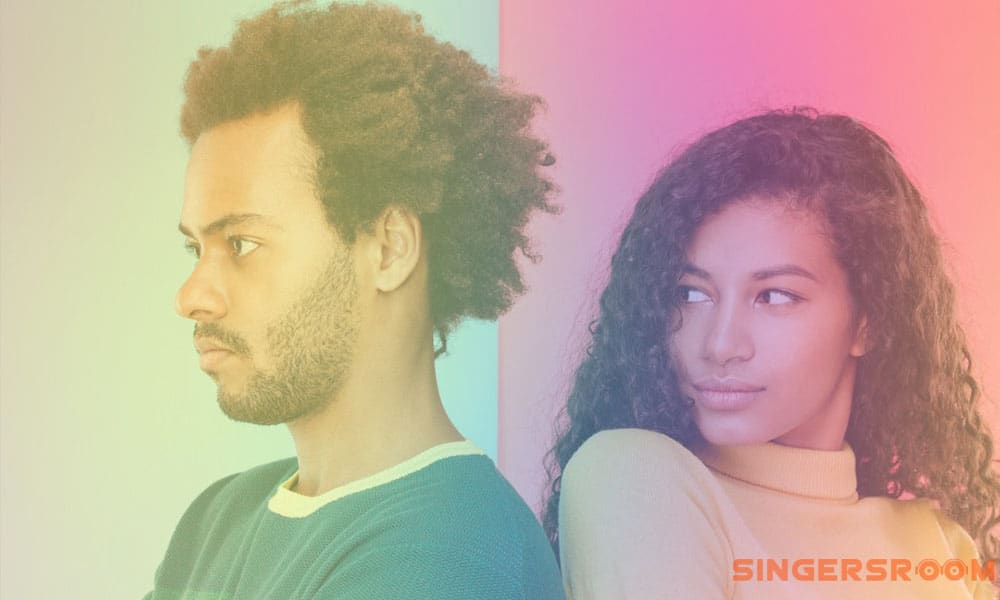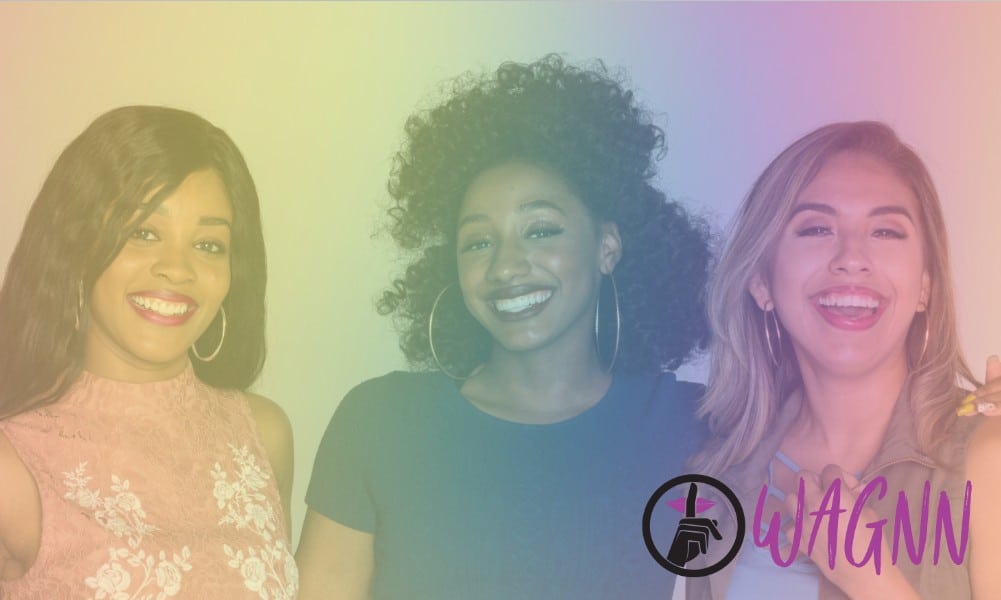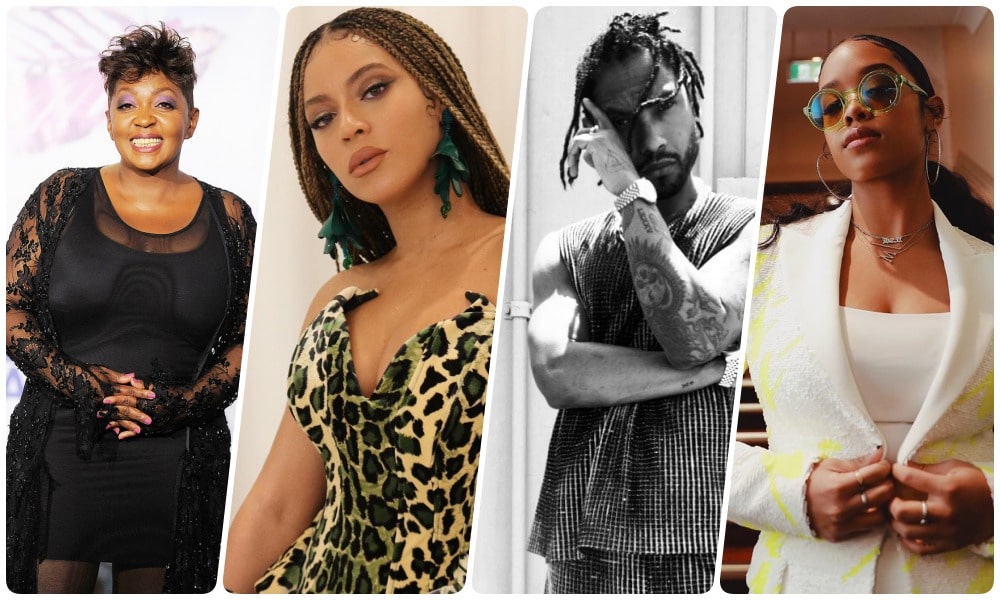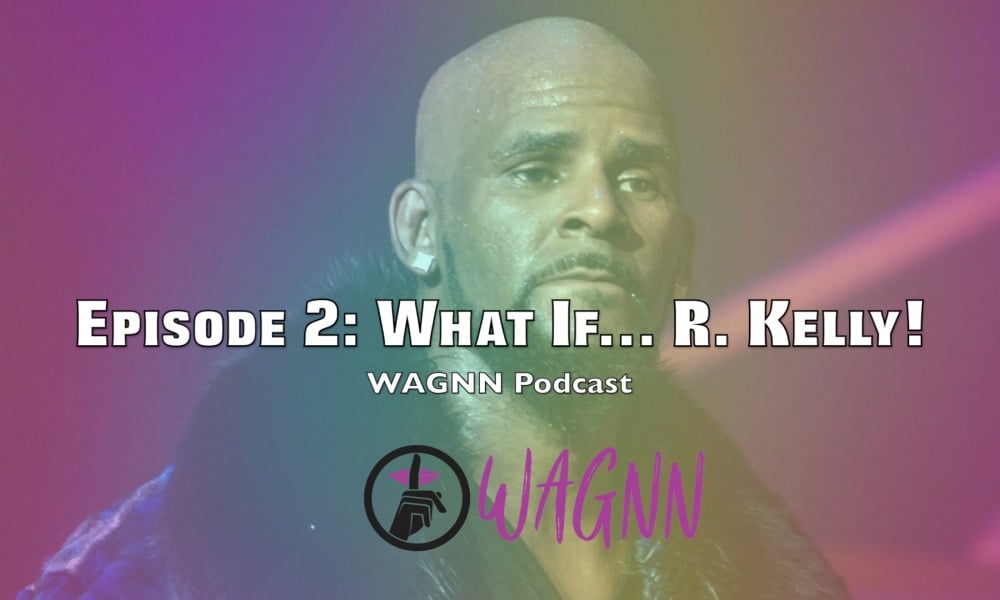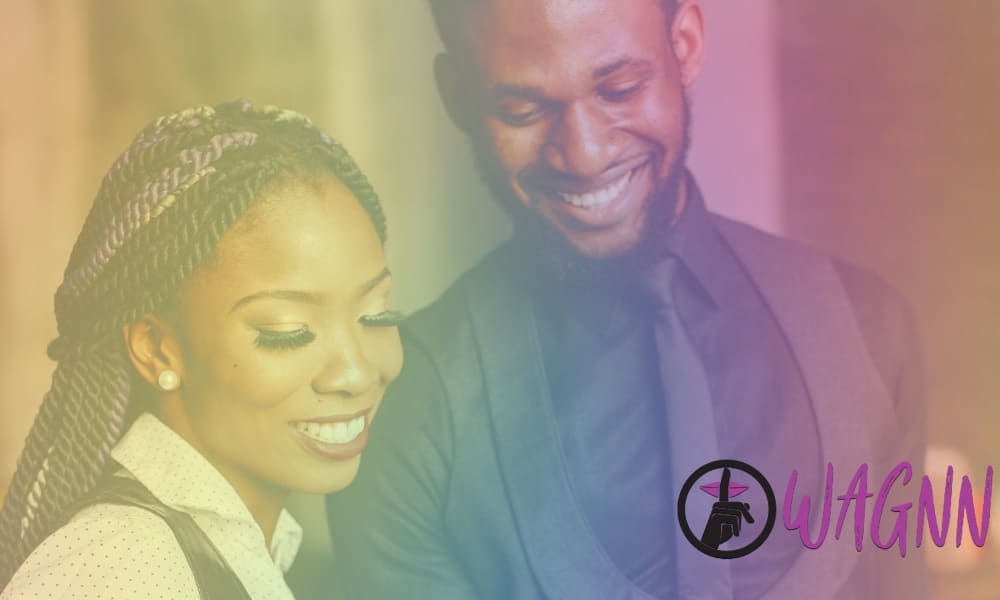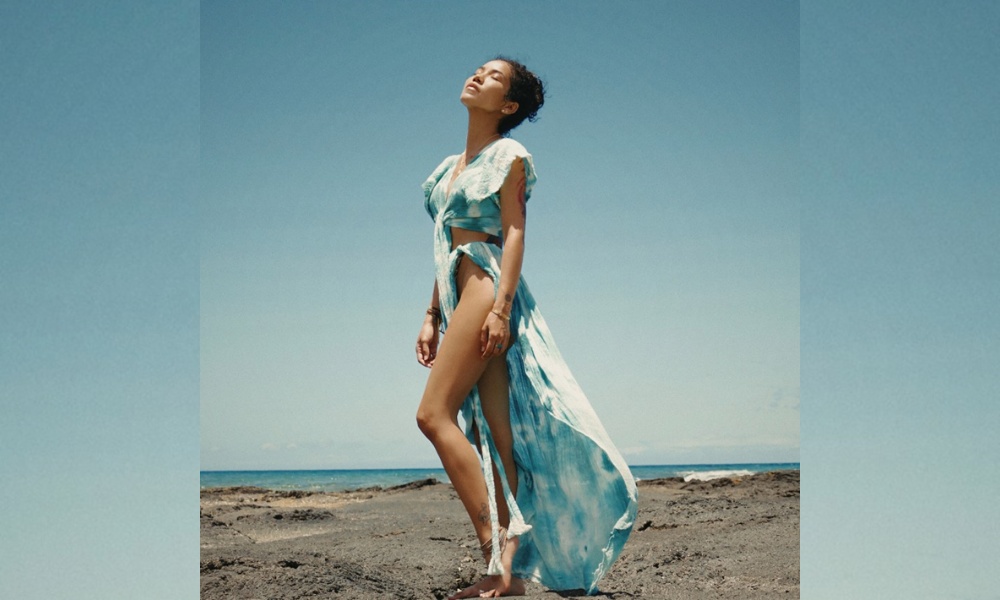Despite the abundance of R&B talent currently lighting up the music industry, many (if not most) of us continue to view the 90s as a “Golden Age” of R&B. The last millennium finished with a creative flourish, with some of today’s most legendary artists bursting onto the music scene with their very first singles. Although I could write an entire dissertation about the unique and groundbreaking ways that 90s R&B set itself apart in soul music history, the following discussion will wistfully highlight the most prominent factors.
Before the 90s, R&B had always been sexy, romantic, and at times even seductive (cue up Marvin Gaye’s “Sexual Healing” or Teddy Pendergrass’ “Feel the Fire”). But the 90s turned it up another notch when song lyrics suddenly became racier, leaving much less to the imagination. Jodeci and R. Kelly had us “Feenin’” to “Bump and Grind” on the dance floor (as well as in the bedroom), and Next had the ladies coyly pushing the guys away when we danced “Too Close”. The evolution of R&B became so carefree sexually that when female artists joined in and became more explicit about what they wanted (a nod goes to Adina Howard’s “Freak Like Me”), it still felt fun and playful, without any imputation of vulgarity.
At the same time, the 90s blessed us with a wealth of love songs portraying everyday romance and heartbreak in the purest and most emotional terms. Shai’s “If I Ever Fall in Love” (particularly the a cappella version) and Boyz II Men’s “End of the Road” are enduring classics that borrowed from the tested and honored traditions of 60s and 70s soul. And no one can tell me that they don’t feel Lauryn Hill’s aching heart when she breaks into the bridge of “X Factor”, which is one of the most beautiful and powerful crescendos in R&B history:
“Care for me, care for me…”
Furthermore, Queen Lauryn’s remake of Roberta Flack’s “Killing Me Softly” is a perfect example of an ingenious reinvention of a former hit that would be embraced by a new generation. And no conversation about timeless love songs would be appropriate without giving homage to the unrivaled Whitney Houston and her career magnum opus: “I Will Always Love You” (from the Grammy Award-winning The Bodyguard soundtrack). While we still mourn the loss of the quintessential musical diva of our lifetimes, this song — among many others — cements her perennial imprint on our appreciation of beautiful music.
Despite the pain we’ve endured from the loss of iconic performers whom we loved so dearly, we can still lift our spirits by reminiscing about those jams that still get us moving to this day. The first time I heard the song “Poison” by Bell Biv DeVoe, I distinctly remember thinking to myself, “This is the greatest dance beat of all time!” Even today, I still think that’s arguably true. The 90s gave us smooth beats interlaced with some subtle (and not-so-subtle) samples from back in the day, as well as more aggressive rhythms that made us sweat out all our woes — and we loved every minute of it. I clearly put Montell Jordan’s “This is How We Do It” in this category, as well as Zhane’s “Hey, Mr. DJ”, Faith’s “Love Like This”, and Ghost Town DJs “My Boo” (for the down-south folks). Girl groups like TLC and Jade also got every party going with songs like “Creep” and “Don’t Walk Away”, respectively. But when it came to 90s beats, no one was more consistently unique and innovative than Timberland — after all, when Aaliyah’s “One in a Million” came out, had anyone ever heard a sound like that before? That track had crickets in it! Seriously.
Although 80s hip-hop artists were well-known for showing off their fancy cars and gold chains, P. Diddy and Bad Boy famously took flossin’ to a whole new level. Bad Boy artists used their hip-hop and R&B videos to popularize the belief that the urban poor could still get rich by defying the odds. While Puffy typically reserved his most opulent and outlandish videos for his rap artists, his R&B groups were also regularly portrayed as living the good life (the music video for 112’s “You Already Know” is just one example). Also, although it’s technically considered a rap song, “Sky’s the Limit” by the Notorious B.I.G. — which featured 112 in the hook — served as one of the most lavish videos of the day, with much younger versions of Biggie, Puffy, Little Kim, 112, and the rest of the Bad Boy Crew living it up mansion-style (which was a highly creative, yet necessary twist, given Biggie’s recent passing). And it didn’t take long for other artists to catch on and follow suit. Singers like Donell Jones (“U Know What’s Up” f/ Left Eye) would also release videos flaunting wealth, fancy cars, lavish parties, and swanky hotel rooms. And in his video for “Happily Ever After”, Case memorably depicted his extravagant marriage proposal to a strikingly-beautiful girlfriend, whom all of us would later come to know as “Beyoncé”.
The one aspect of 90s hip-hop that probably stands out to me the most was the seamless and innovative marriage between rap and R&B. It’s as if every R&B track had to have a rap verse, and vice versa, often motivating individual groups (like TLC and Bell Biv DeVoe) and record labels to include both rappers and singers among their ranks. The first time we all heard Ol’ Dirty Bastard spit “Me and Mariaaaah…” (in Mariah’s “Fantasy (Remix)”), we knew that the pairing of this rapper — who perfectly personified his moniker — with this R&B diva was confirmation that rap and R&B were to be forever intertwined for the sake of art. Among the countless memorable 90s collaborations are Total’s “Can’t You See” and Mary J. Blige’s breakout classic “Real Love (Remix)”, both of which feature some of Biggie’s most “notorious” cameos.
The 90s was a decade with unique flavors that have yet to be duplicated and will probably never be replicated. Soon-to-be-legends and one-hit wonders alike gave us ageless R&B songs that will remain forever burned into our collective memories — and never get played out. It is no wonder that our nostalgia for this momentous chapter in music history will forever remain a cherished and indelible part of our musical consciousness.
Since 2005, Singersroom has been the voice of R&B around the world. Connect with us via social media below.
